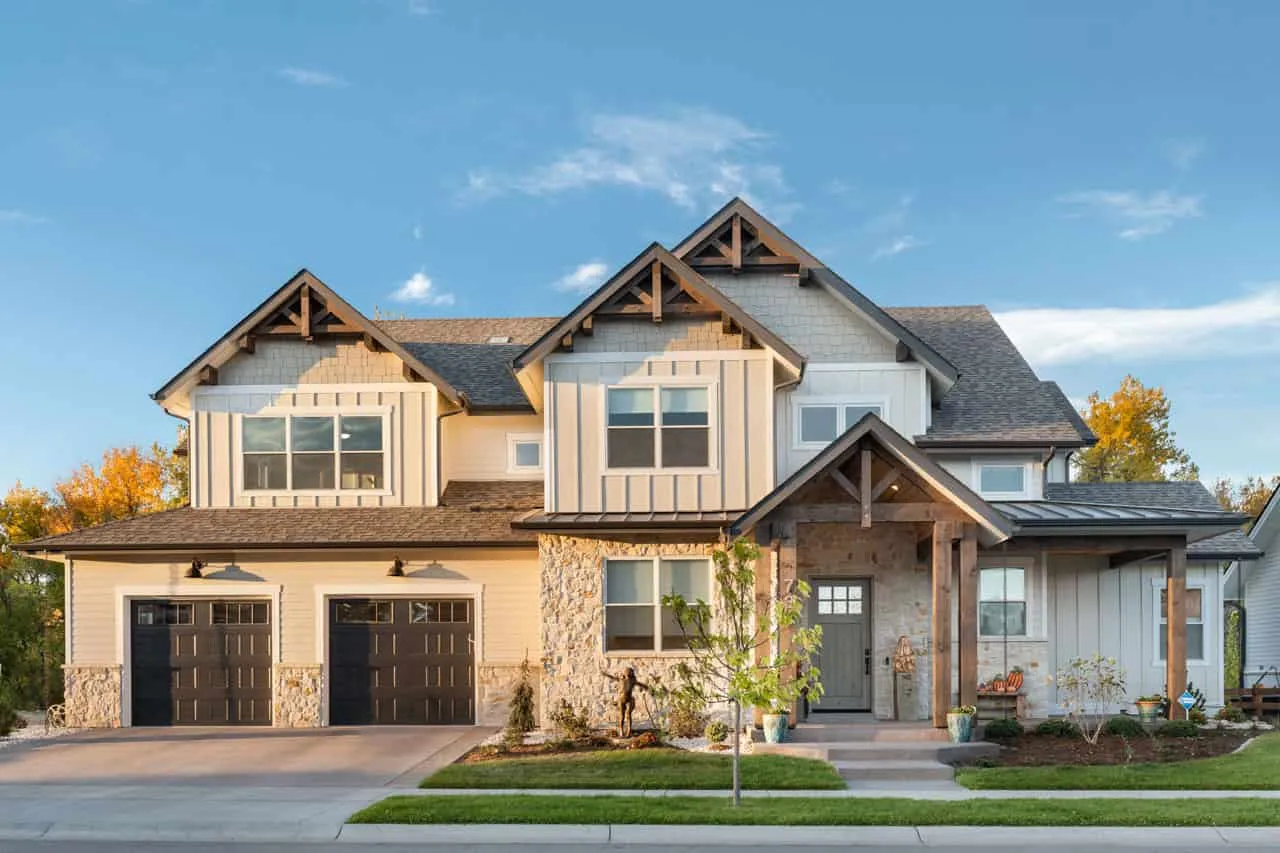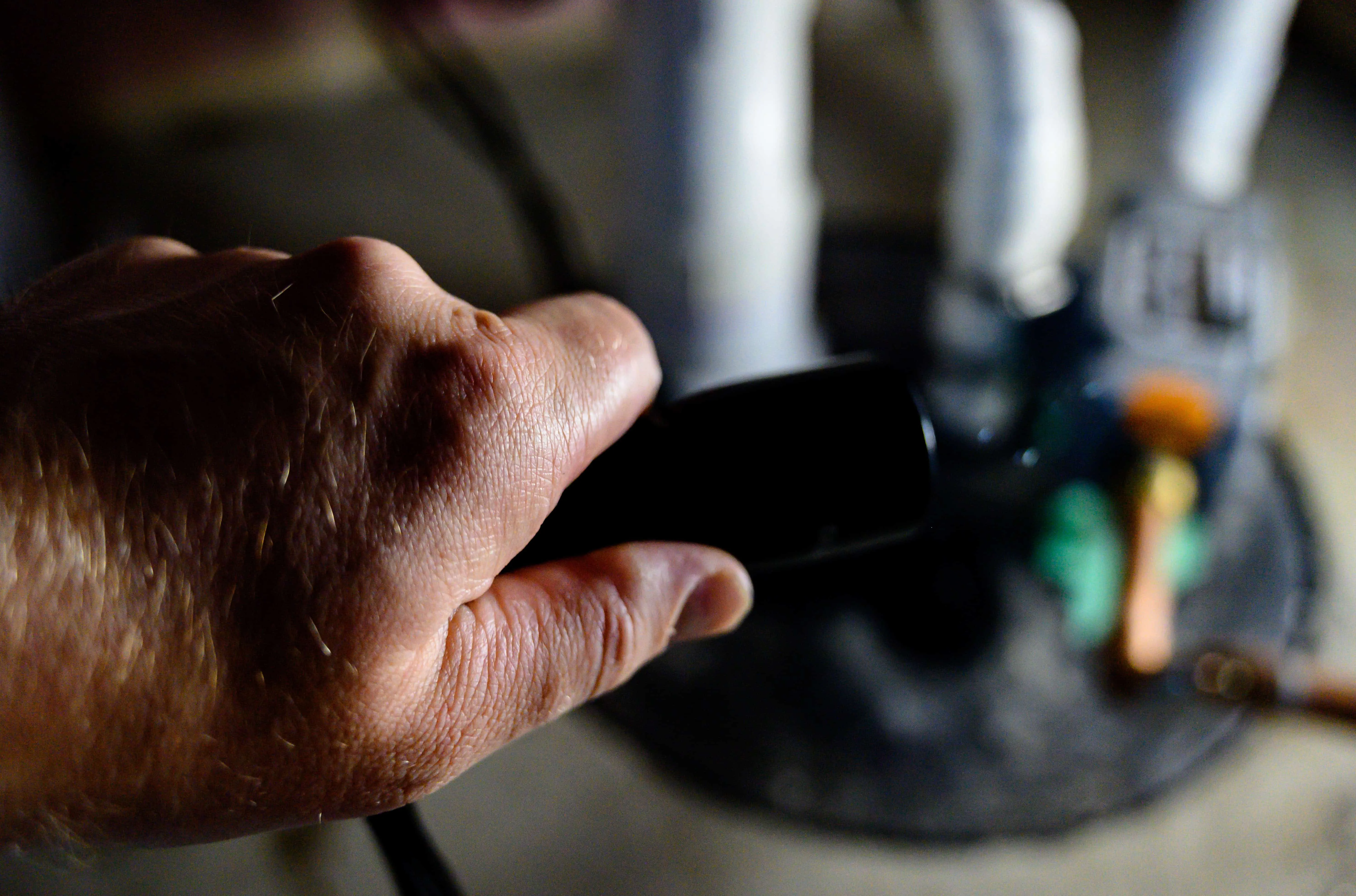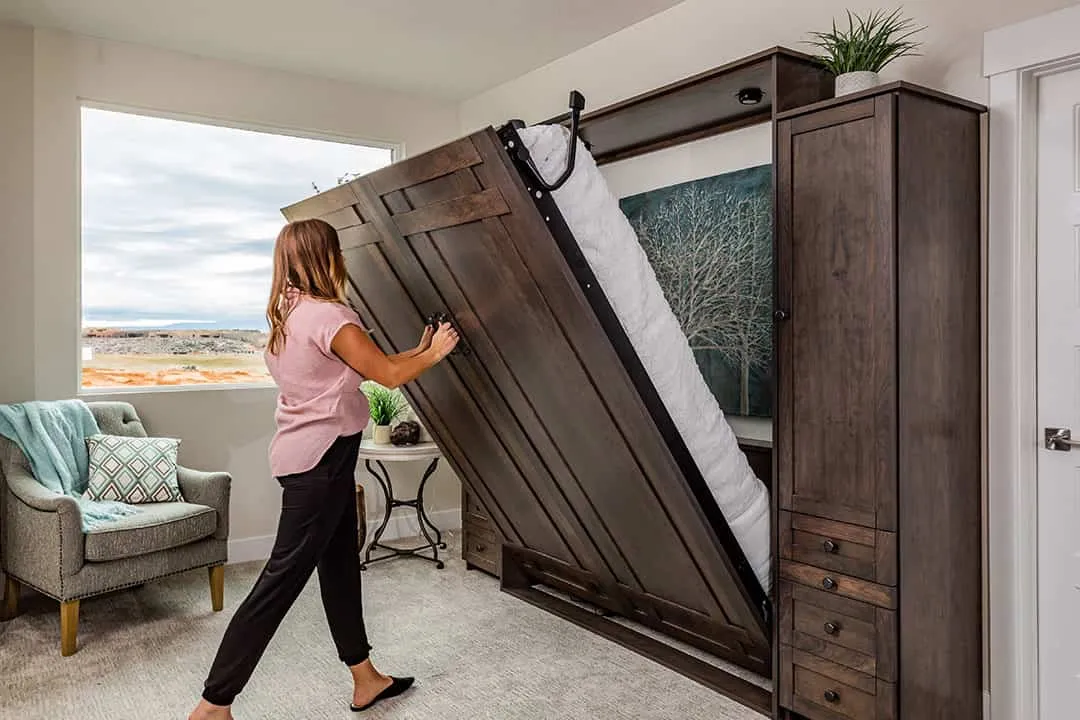There can be your advertisement
300x150
7 considerations before restoring a commercial building
Restoring a building or business is an excellent way to bring the structure into the 21st century with a modern look. You can add value to commercial properties and create a welcoming atmosphere for your clients by making a few changes. The possibilities for renovation are endless, but there are some factors that should be carefully studied. This guide will tell you about six aspects to consider before restoring a commercial building.

1. Are there any current violations?
The first step in restoring a commercial building is to audit its current condition. If possible, obtain the original building plans and any drawings showing changes since construction. Then you'll want your team of architects to inspect the infrastructure on-site. You'll want to inform clients what can be kept and what needs replacing.
This audit is important because you may discover violations of building codes. Some issues are easily resolved, such as installing railings on stairs. But other violations are more complex and can cause health problems. For example, the building may contain asbestos and lead. Properties must comply with EPA recommendations on asbestos or face penalties.
2. How old is the building?
If your building is new, asbestos usually isn't a problem. However, older structures (built before 2000) may encounter this issue, leading to the next consideration. The building's age will be a key factor in determining what changes can be made. Your clients may have historical features they want to preserve, so good communication is crucial.
The building's age is also important for heating, ventilation and air conditioning (HVAC), water supply and electrical systems. Existing infrastructure may struggle to support new loads. If so, the client will need to replace these systems or make necessary modifications to strengthen the load capacity. For example, if your client wants to use a former shoe store as a primary care clinic, the new building will likely require upgraded electrical equipment.
Therefore, it's best to inspect the old building to know which structures or design elements need preservation or replacement due to safety hazards. Additionally, knowing your property's current age through inspection will help you understand the scope of restoration required to enhance efficiency, functionality and durability. Then you'll be able to maximize your efforts in restoring the building.
3. What materials will you use?
The next factor to consider is which materials you plan to use. Discuss with the client the most sustainable option for their building. Sustainability is critical for longevity and ensuring clients get quality for their money. During restoration, you'll want to ensure the building will last decades.
The materials you use must withstand weather conditions. The building's exterior faces the elements year-round, so it should be resilient to heat, snow, ice and other forms of moisture. The interior also requires attention. Choose high-quality wood that will hold up under constant use by people. Low-quality wood is prone to warping, peeling and cracking.
4. How to improve energy efficiency?
Sustainability has become much more of a priority. Companies and consumers have changed their habits to promote eco-friendly practices. One way to positively impact the planet is by considering energy efficiency during building restoration. Buildings are among the largest consumers of energy. In fact, they account for 30% of global energy consumption and 27% of energy emissions.
Improving energy efficiency can start with windows. Installing double or triple-pane glass stabilizes indoor temperatures during extreme winter and summer months. Other ways to improve efficiency include checking insulation and updating the HVAC system. These changes will be an investment for your client that pays off in the future.
Additionally, you can increase energy efficiency by installing LED lighting. They can significantly reduce energy consumption compared to incandescent bulbs.
These changes will be an investment for your client that pays off in the future. Moreover, an energy-efficient commercial building can make it more attractive to your clients. In other words, you're increasing the value of your property by making your customers happy.
5. Is the building accessible to all?
Another aspect to consider is building accessibility. Unfortunately, older buildings may be outdated in terms of ramps, restrooms and other elements. The Americans with Disabilities Act (ADA) of 1990 established standards for commercial buildings. Therefore, you must ensure the restoration complies with ADA guidelines and creates an accessible environment for everyone.
For example, start with restrooms. ADA requires that a restroom for both sexes has a locking mechanism and contains only one toilet, sink, and bidet. You also need to install grab bars and low-hanging door hinges. Other ways to comply with ADA include expanding doors, lowering shelves and adding flashing alarms.
If you need help ensuring building accessibility for all, consider partnering with professionals such as architects or interior designers. They have experience, skills and knowledge in the latest design and architectural trends that allow you to restore a commercial building according to your needs. They are also familiar with specific rules and standards, including ADA guidelines.
6. How to make the entrance more appealing?
The first impression can mean a lot for your client and their customers. Your restoration should consider the entrance area and showcase a welcoming atmosphere. You'll want customers to smile from their first glance at the property.
One way to improve the entrance is by increasing visibility. Remove any obstacles at the entrance that don't serve a function. Items like trash cans and recycling containers are important, but you'll want to move them to the background so they don't distract from the design. Think about what your client wants as a central element during restoration. What do they want their customers to see when entering the building?
Besides increasing visibility, you can also enhance the entrance area by investing in suitable entry mats from suppliers like Mats Direct. Since they are made of high-quality materials, these mat solutions can boost the aesthetic appeal of your commercial building.
These mats serve as an effective barrier for your property, providing exceptional durability and longevity. Protecting building floors from moisture and various types of debris, they ensure the safety of your visitors as they enter the premises.
7. How to protect your property?
When restoring a commercial building, one factor that cannot be overlooked is interior security. This is important for protecting not only physical property but also people inside and valuable assets they may possess.
Modern surveillance systems are a reliable way to increase your building's security. Strategically placed cameras provide full coverage, helping prevent crime and record events for future reference. These cameras should be installed at all entrances, exits, and high-risk zones for maximum visibility.
Alarm systems provide an additional level of protection. These systems detect unauthorized entries and trigger alarms, allowing for a quick response. Depending on the system's complexity, it can include sound sirens or direct notifications to law enforcement.
Integrating a well-designed security system for your business during building restoration is an investment in the long-term safety of your property, its users and assets. Work with security professionals who will assess your specific needs and provide customized solutions, just as architects and interior designers do for the physical aspects of your restoration.
Be careful during restoration
Restoring a commercial building can be an exciting moment for your client. They may renovate their current building or take ownership of a new structure. Before starting the project, discuss these six aspects with your client for commercial building restoration.
More articles:
 5 Reasons Why Your Home Should Have More Plants
5 Reasons Why Your Home Should Have More Plants 5 Reasons to Consider Using Outdoor Tiles
5 Reasons to Consider Using Outdoor Tiles 5 Reasons to Renovate Your Office
5 Reasons to Renovate Your Office 5 Reasons to Add Natural Elements to Home Design
5 Reasons to Add Natural Elements to Home Design 5 Safety Functions to Consider When Designing Buildings
5 Safety Functions to Consider When Designing Buildings 5 Signs That Indicate the Need for a Well Water System
5 Signs That Indicate the Need for a Well Water System 5 Simple and Affordable Ways to Make Your Home Cozy
5 Simple and Affordable Ways to Make Your Home Cozy 5 Space-Saving Solutions for Home Use
5 Space-Saving Solutions for Home Use